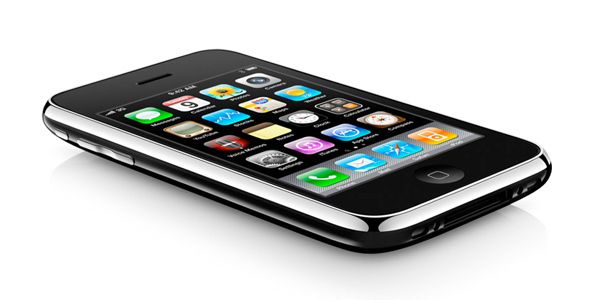Smartphone Apps for Skin Cancer: How Accurate Are They?

Smartphone applications that say they can help determine whether or not a skin lesion is cancerous by reviewing a picture are often inaccurate, a new study reports.
Three out of four applications tested in the study misclassified at least 30 percent of melanomas as "unconcerning," the researchers said.
Just one application, which sent user images to an actual doctor for review, was highly accurate, correctly diagnosing 98 percent of melanomas.
All the applications included a disclaimer saying they were to be used for educational purposes only, and were not intended for obtaining a diagnosis. Still, there is concern that people may substitute feedback from the applications for a real medical evaluation, the researchers said.
"If [people] see a concerning lesion, but the smartphone app incorrectly judges it to be benign, they may not follow up with a physician," said study researcher Dr. Laura Ferris, an assistant professor of dermatology at the University of Pittsburgh School of Medicine. Ferris noted that the current disclaimers do not include a statement about what will happen if a melanoma is overlooked — that it will be harder to treat, and your prognosis will be poor.
Because the intention of the study was to look at the general risk of such applications, the researchers would not share the names of the apps tested. The study only included apps that allowed the use of an existing image, rather than a picture taken in real time, so it's not clear whether the accuracy of the latter type of app would be different.
App accuracy
Sign up for the Live Science daily newsletter now
Get the world’s most fascinating discoveries delivered straight to your inbox.
To test the applications, Ferris and colleagues uploaded 188 images of skin lesions to the four applications. These images had been previously evaluated by a doctor. Sixty of the images were pictures of a melanoma, and 128 were pictures of a benign lesion. Most of the applications used automated algorithms to analyze certain features of the lesions, such as the border.
Each app's accuracy was highly variable. Among the three applications that did not use a doctor's input, the best performing app misclassified 18 of the 60 melanomas (30 percent), and the worst performing app missed 56 of 60 melanomas (93 percent), Ferris said.
Not for diagnosis
When contacted for comment about the study, Avi Lasarow, chairman of Lasarow Healthcare Technologies, which makes the app Mole Detective, said the main goal of the app is to increase awareness of the dangers of melanoma.
"We believe that our application is already doing this by bringing the technology of a dermatologist method of assessment into your own home," Lasarow said, referring to the analysis used by the app. The app looks for common symptoms of melanoma, including asymmetry of the mole, an irregular border, and variations in mole color, but does not make an actual diagnosis, Lasarow said.
Last year, the FDA passed legislation that allows it to regulate some medical applications available on smartphones, but so far, it has not gone into effect, and it's not clear which applications will be subject to regulation.
The popularity of applications for detecting skin cancer is not clear. A search of the iPhone app store shows many of these apps have fewer than 30 user ratings. (The actual number of downloads is not listed, and not everyone who uses an app rates it.) In a future study, Ferris and colleagues plan to gauge the popularity of these skin cancer apps by asking patients whether they've used them.
Pass it on: Smartphone applications that look for early signs of melanoma should not take the place of a visit to an actual doctor.
Follow Rachael Rettner on Twitter @RachaelRettner, or MyHealthNewsDaily @MyHealth_MHND. We're also on Facebook & Google+.

Rachael is a Live Science contributor, and was a former channel editor and senior writer for Live Science between 2010 and 2022. She has a master's degree in journalism from New York University's Science, Health and Environmental Reporting Program. She also holds a B.S. in molecular biology and an M.S. in biology from the University of California, San Diego. Her work has appeared in Scienceline, The Washington Post and Scientific American.










